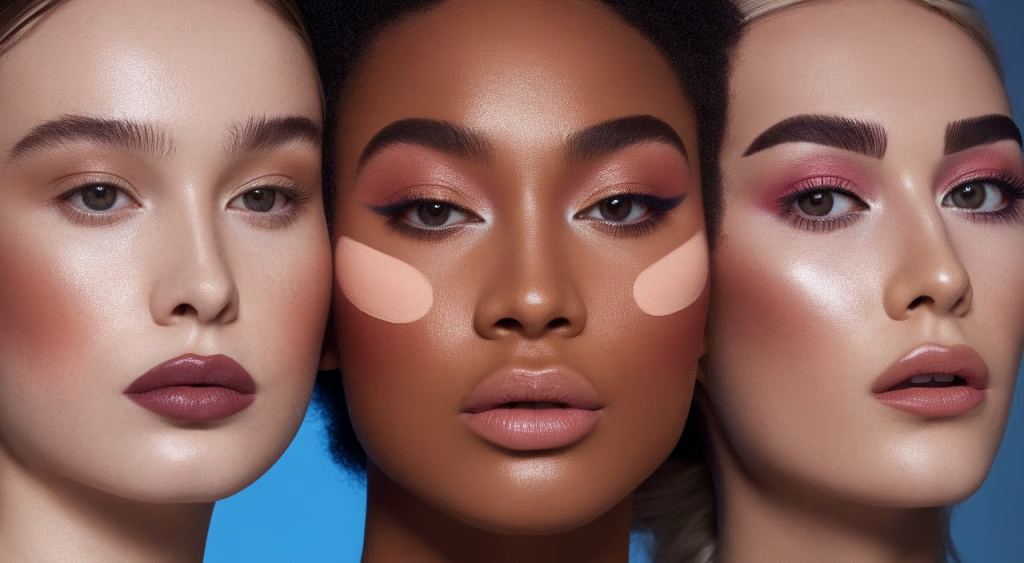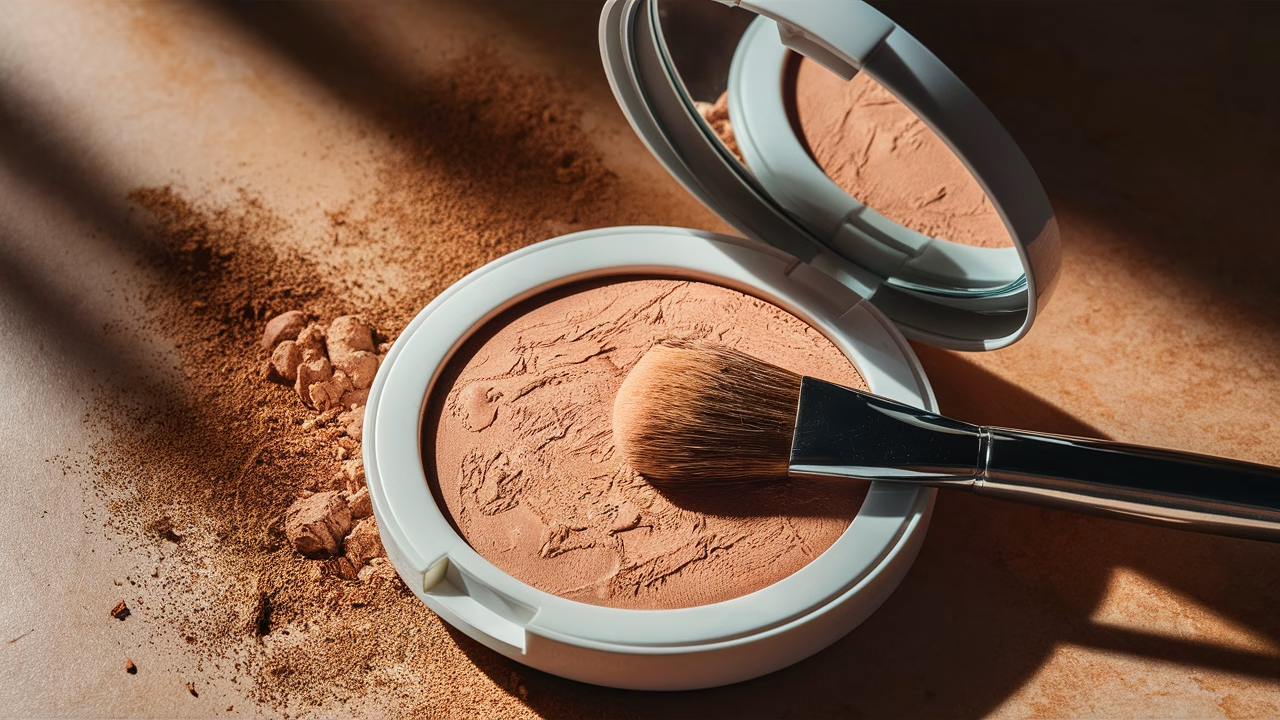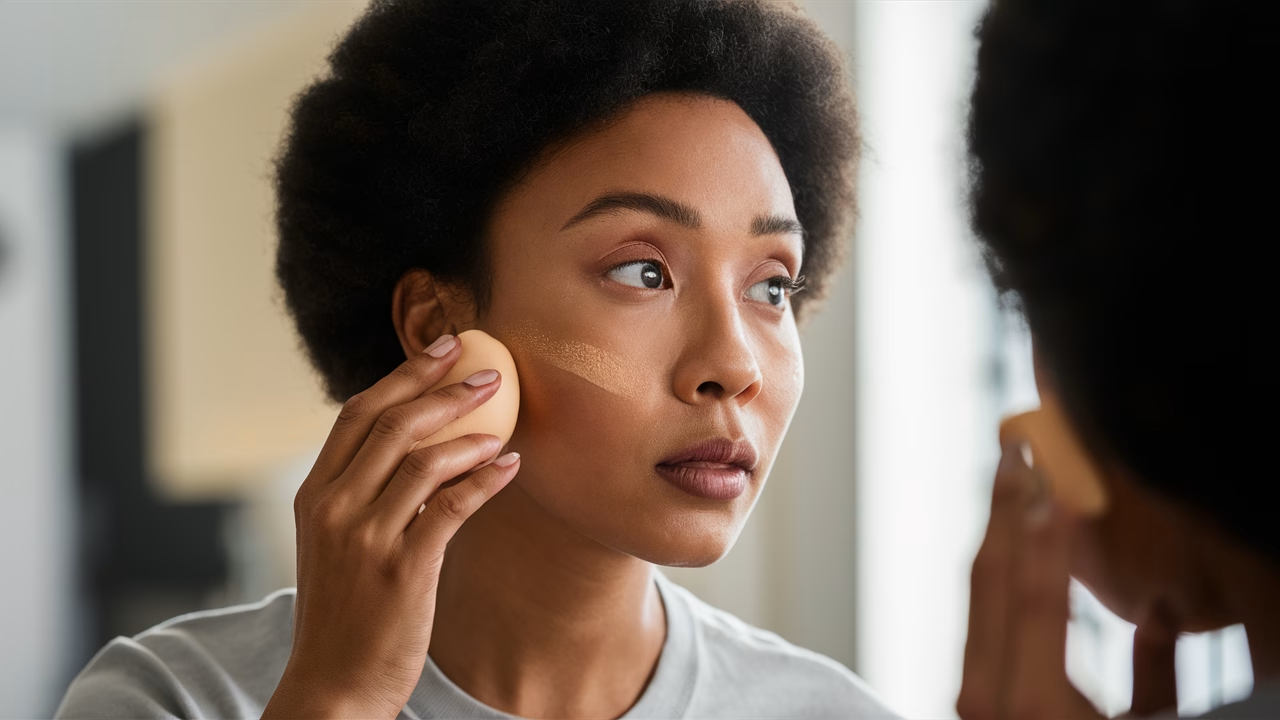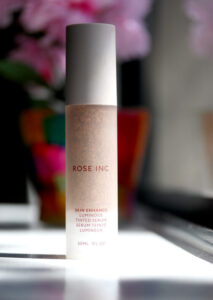Powder vs. Liquid Foundation: Which Is Best for a Matte Finish?
When it comes to achieving that polished, matte finish makeup look, the choice between powder foundation and liquid foundation can make all the difference. But which one works better for your unique skin type and needs?
TL;DR:
- Powder foundation is great for oily skin and quick touch-ups.
- Liquid foundation offers buildable coverage and hydration for dry or mature skin.
- Combination skin may benefit from custom layering or hybrid formulas.
- Application technique greatly affects the final result—tools and skin prep matter!
- For a true matte finish makeup look, consider your skin’s oil levels and environment.
1. Understanding the Difference Between Foundation Types
At a glance, powder foundation and liquid foundation seem worlds apart—but it’s not just texture that sets them apart. Powder foundation is often mineral-based and pressed into compact form, ideal for a swift, no-fuss application. Liquid foundation, however, can range in finish from dewy to matte and usually offers more customizable coverage.
Ever wondered why some foundations melt off midday while others stick around? The answer might be in the formula’s compatibility with your skin type. Powder foundation absorbs oil, while liquid foundation adheres better to dry or textured skin. Let’s break down what that means for you.
2. The Pros and Cons of Powder Foundation
The Good
Powder foundation is beloved for its portability, simplicity, and oil-absorbing nature. If your skin tends to produce excess shine or you live in a humid climate, this formula can be your go-to companion for achieving that perfect matte finish makeup look.
- Quick and easy application – perfect for on-the-go touch ups.
- Natural, shine-free finish ideal for oily or acne-prone skin.
- Minimal risk of clogging pores thanks to non-comedogenic ingredients.
The Not-So-Good
But powder foundation isn’t perfect. It can exaggerate dry patches, settle into fine lines, or appear cakey if over-applied.
- Limited coverage compared to liquid foundation formulas.
- May look chalky on deeper skin tones or flaky on dry skin.
- Doesn’t always hold up under sweat or longer wear.
3. The Benefits and Drawbacks of Liquid Foundation
Liquid foundation is like the Swiss army knife of the makeup base world. It offers versatility in finish (matte, dewy, satin), coverage (sheer to full), and blends seamlessly into the skin with the right technique.
The Good
Here’s what makes liquid foundation a holy grail for many makeup lovers seeking matte finish makeup:
- More hydrating—perfect for dry or mature skin types.
- Won’t cling to flakes or texture like powder foundation sometimes does.
- Customizable coverage and finish to suit different looks.
The Not-So-Good
- Takes longer to apply and often requires set time or extra tools (hello, beauty blenders).
- May shift or slide off on very oily skin without proper priming.
- Touch-ups can be messier compared to compact powder foundation.
4. Skin Types and Which Foundation Formula Works Best
Let’s get personal. Your skin type is arguably the most important factor in choosing between powder foundation and liquid foundation. Here’s a breakdown by skin type:
| Skin Type | Best Formula | Why? |
|---|---|---|
| Oily | Powder Foundation | Controls shine, prevents clogging |
| Dry | Liquid Foundation | Hydrates and smoothes texture |
| Combination | Layered or hybrid use | Tailored coverage for different zones |
| Sensitive | Either (gentle formulas) | Depends more on specific ingredients |
| Mature | Liquid Foundation | Less likely to settle into fine lines |
Cost Guide: What You Can Expect to Pay
Budget can be a deciding factor when choosing your foundation type. Here’s a pricing overview:
| Foundation Type | Low-End | Mid-Range | High-End |
|---|---|---|---|
| Powder Foundation | $8–$15 | $20–$35 | $40+ |
| Liquid Foundation | $10–$20 | $25–$45 | $60+ |
5. Application Tips for a Flawless Matte Finish
No matter how great the formula is, a perfect application method is essential to get that coveted airbrushed matte finish makeup look. Here’s your cheat sheet for better blends:
For Powder Foundation:
- Use a fluffy kabuki or flat-top brush for even distribution.
- Apply in light, circular motions to avoid cakiness.
- Prep skin with moisturizer—dry patches are not your friend.
For Liquid Foundation:
- Dampen your sponge or brush for smoother blending.
- Start from the center of your face and blend outward.
- Set with translucent powder to lock in a matte finish makeup look.
Pro tip: If you have combo skin, try this—apply liquid foundation all over, then lightly dust powder foundation through the T-zone. This targets shine-prone areas while maintaining natural-looking coverage elsewhere.
Final Thoughts
At the end of the (makeup) day, there’s no universal answer in the powder foundation vs. liquid foundation debate. Each has its strengths, and your ideal choice depends on your current skin condition, desired matte finish, and lifestyle. Don’t be afraid to experiment—makeup should be playful and adaptable.
Listen to what your skin is telling you—and remember, the most flawless foundation application starts with knowing your own face as well as you know your favorite coffee order. Whether it’s powder foundation or liquid foundation, you’ve got this.
Frequently Asked Questions
- What’s better for oily skin: powder or liquid foundation?
- Powder foundation tends to work better for oily skin since it absorbs excess oil and provides a matte finish without clogging pores.
- Can you layer powder foundation over liquid?
- Yes! This technique, often referred to as “setting,” helps lock in coverage and reduce shine, especially in the T-zone.
- Is powder foundation less coverage than liquid?
- Generally, yes. Powder foundations are often lighter in coverage, though buildable. Liquid foundations usually offer more coverage options.
- Can dry skin use powder foundation?
- It’s possible but not ideal. Powder foundation can cling to dry patches. Always apply a good moisturizer and hydrating primer beforehand.
- Which foundation finish is more long-lasting?
- Properly set liquid foundation generally lasts longer than powder foundation. However, wear time also depends on skin prep and setting products used.
- Are there foundations specifically good for combination skin?
- Yes. Hybrid or customizable foundations often work best for combination skin. You can also spot-treat with different formulas in specific zones.
- Should mature skin use powder foundation?
- It depends. Powder foundation can emphasize fine lines and texture. Liquid foundations with a satin or matte finish tend to be more flattering.




